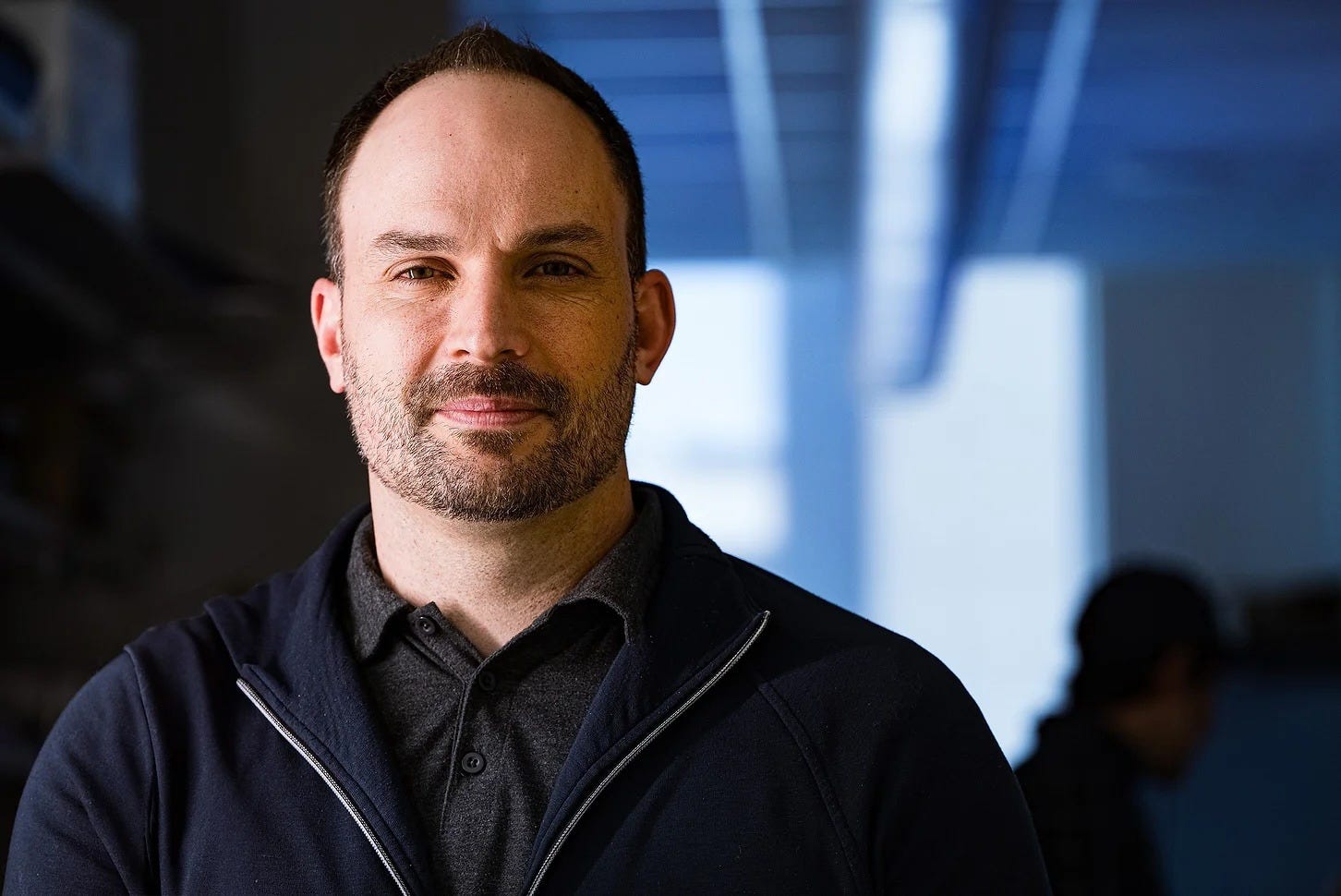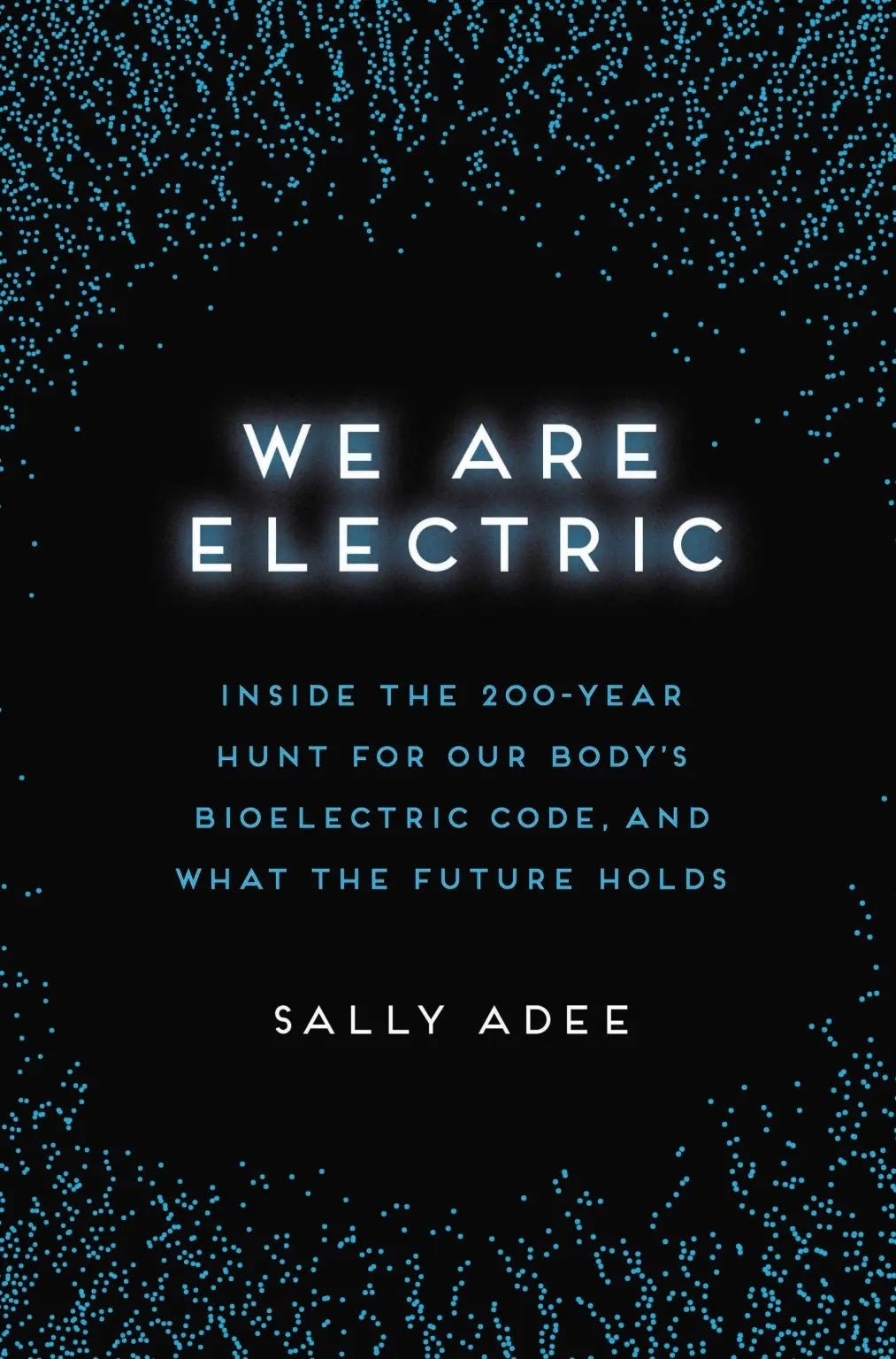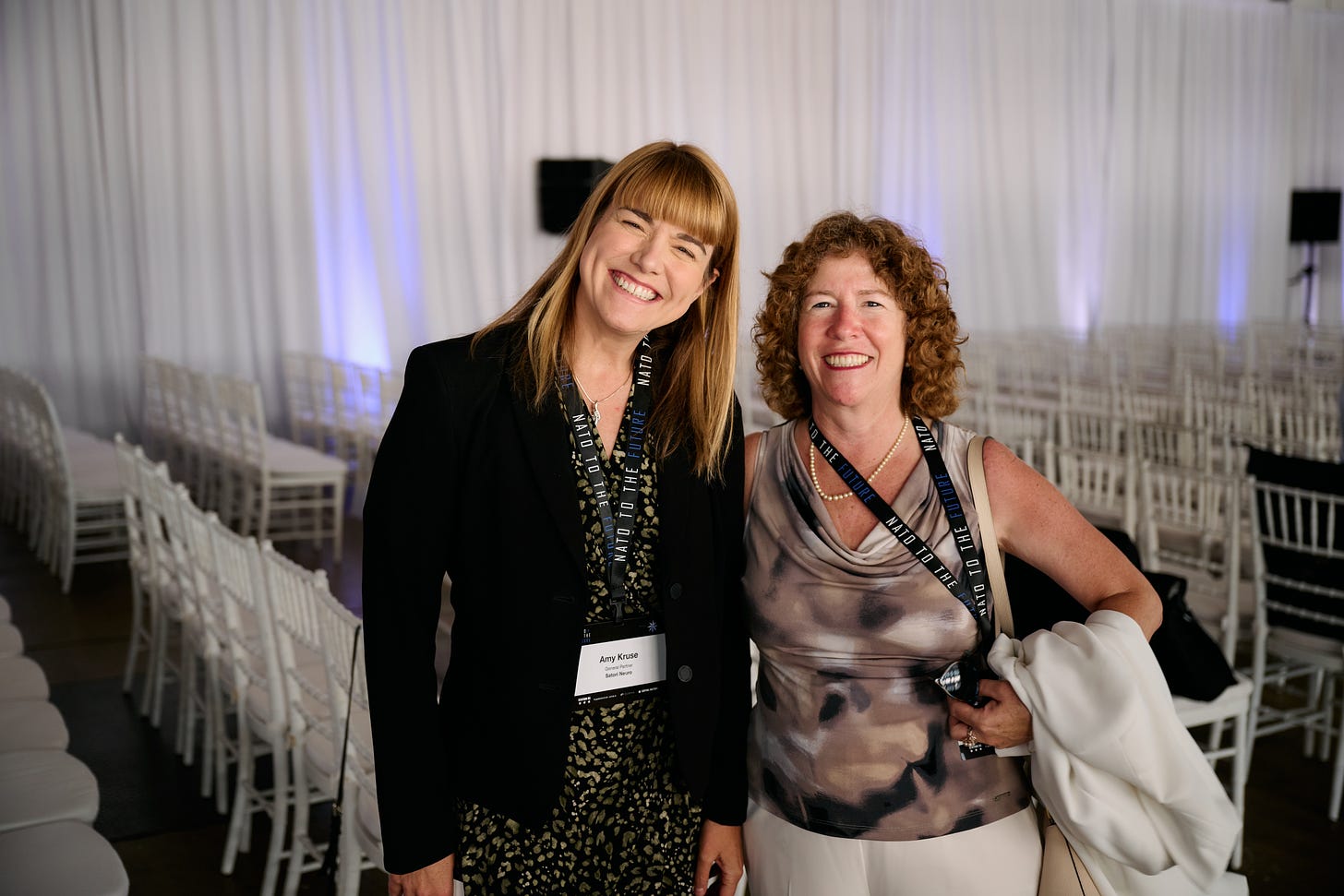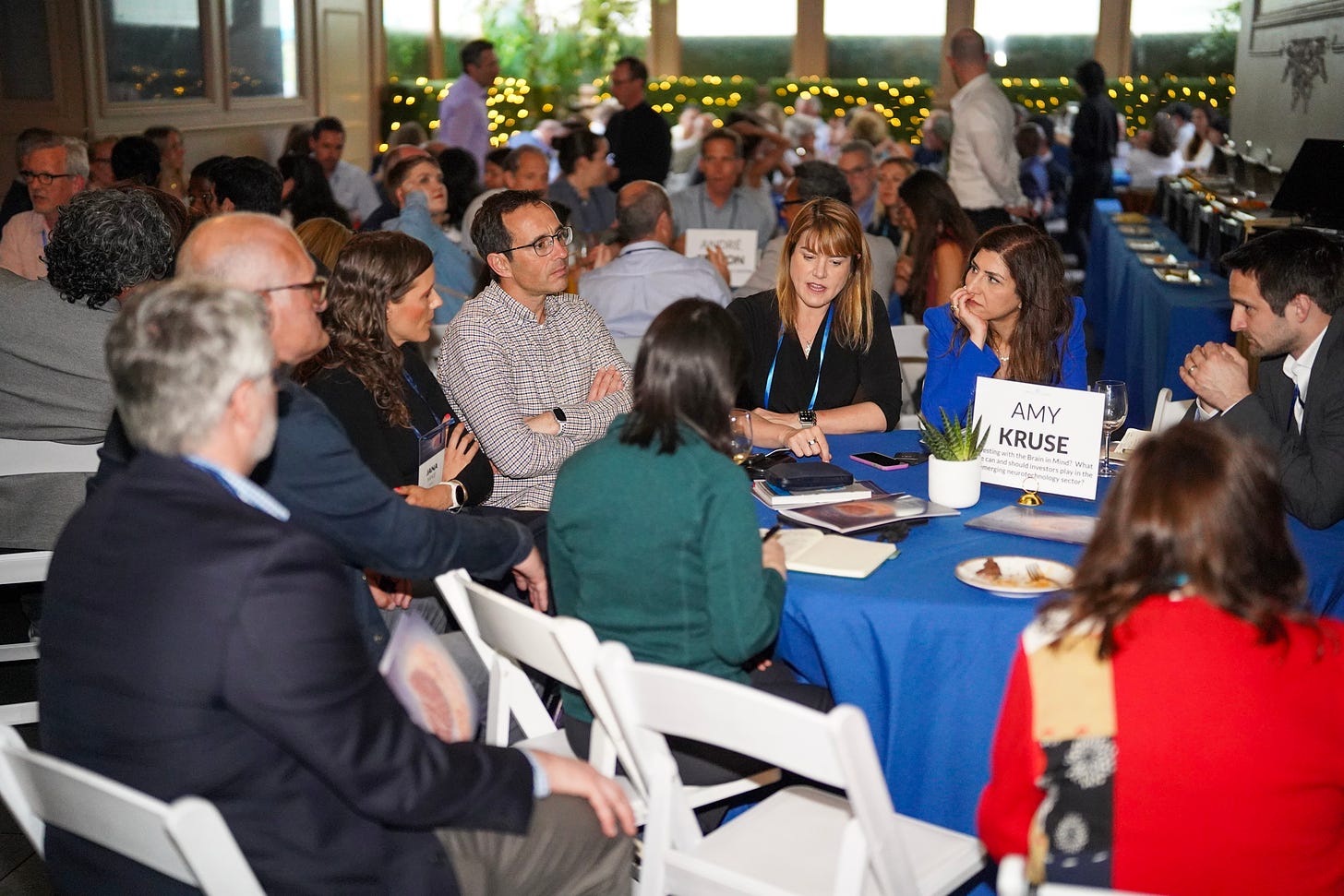Welcome to the Back-to-School edition of the Satori Neuro newsletter. It feels like the neurotech and mental health space somehow forgot to take a holiday this summer. We’re excited to share the latest with you.
In this issue we explore:
· Miniature bioelectronics for brain stimulation
· When concussive blasts cause PTSD symptoms
· A book giveaway and conversation with the author of We Are Electric
· Progress in Alzheimer’s testing, Parkinson’s treatment, & more
CEO Spotlight: Q&A with Jacob Robinson
Could tiny, wireless brain stimulators replace transcranial magnetic stimulation (TMS) for some patients? We sat down with the CEO of Motif Neurotech, on whose board Amy serves, to learn more. Dr. Jacob Robinson explains the magnetoelectrics-based power systems his team has developed for their device and where the neuromodulation revolution is leading.
Satori Neuro: Could you describe what you’re developing over at Motif Neurotech, and why?
Jacob Robinson: We’re building miniature, implantable bioelectronics. The devices are about the size of a pea, and they act like pacemakers for the brain without requiring brain surgery. The idea was to build an electrical stimulator that can be given in a 20-minute procedure that’s no more invasive than a nose job. It’s designed to fit within the one-centimeter thickness of the skull and be cosmetically invisible.
About a third of people with mental health disorders, particularly things like major depressive disorder, don’t respond to medication, so they’re struggling without effective drugs. In these patients, an electrical stimulator can reach the brain circuits directly to retrain them.
SN: Where did that name ‘Motif’ come from?
JR: It came from the thesis we have for the company, which is that it’s the pattern of brain activity that’s the root cause of mental health disorders. For the last decades, we have been treating psychiatric illness as some kind of chemical imbalance, but now we’re realizing that’s not the case. These are fundamentally brain circuit disorders. And if we could play the right patterns of activity in the right space and time—the right motifs—we could help people recover.
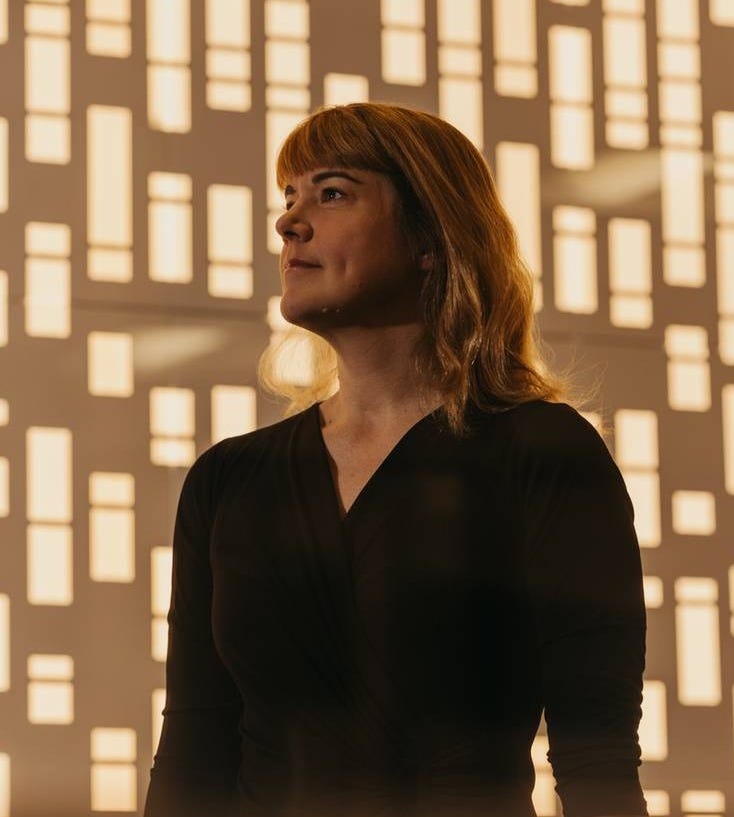
Hot Topics in Neuroscience:
Concussive blasts & PTSD
A debate that began among my colleagues during my time at DARPA has broken into the news cycle. We were in active conflict back then, and some of my colleagues were focused on the traumatic brain injuries caused by improvised explosive devices. Many of those people who had been injured were receiving treatment for PTSD.
What fascinated us, and what researchers have been digging in on, were the reports from PTSD patients who had never been in an IED situation but whose training and daily work had exposed them to repeated concussive blasts from their own weapons. When you are close to an explosion, or even to your own heavy weaponry as it is fired, a supersonic shockwave travels through your brain, causing damage on the opposite side. It is starting to look as if this physical brain injury can manifest as a sort of PTSD, including sleeplessness, anxiety and paranoia.
Military labs have found that Navy SEALs who died by suicide consistently showed damage that looks a lot like that found in long-time professional football players. In more hopeful news, an August 2024 memo at the Department of Defense has outlined policy changes to manage brain health risks from blast overpressure. They include baseline cognitive assessments, minimum standoff distances, and personal protective equipment.
Author Spotlight: A conversation with science writer Sally Adee
Satori Neuro: Your book, We Are Electric: Inside the 200-year hunt for our body’s bioelectric code, and what the future holds, has a special place in our hearts at Satori Neuro because we hear the seeds of it were planted when you met Amy more than a decade ago. Can you tell us how that happened?
Sally Adee: I was an intern at IEEE Spectrum, a magazine aimed at electrical engineers, and I was on the semi-conductor beat because nobody wanted it, basically. One of the things that was brilliant about that beat was that I was able to do a lot of stories around the chips they were designing to do neuro-integration. I met Amy when she was a DARPA program manager, and she told me about a project she was running that was about accelerated learning. I couldn’t believe it. I’d been used to thinking about neural interfaces as a matter of prosthetics and regaining function, or output. I had done a lot of stories about people who make these robot arms that open and close with your neural signal, but then I was like, so wait, if you put electricity into the brain, it can improve the brain’s function?
When I got to New Scientist, it was much more the type of publication where you could try a gonzo stunt like experimenting on yourself in the service of science journalism. DARPA had some credible results by then and I was able to go and try it out for myself.
SN: So that’s how bioelectricity started for you – let’s talk a bit about how it started as a field. Your book mentions different types of electricity and the battle between physics and biology for ownership of the topic. How did physics come to dominate?
SA: People from antiquity had been curious about electricity in its manifestations, like if you rub a piece of amber it will attract a bunch of little fluff. There were some metallic types of stones that could attract actual known metals, and the ancient Greeks used to hold electric fish on their feet when they had gout or something to relieve the symptoms. Of course everybody knows about lightning. But you can imagine how mysterious and completely unconnected these separate things would have felt or seemed to people before there was some kind of scientific framework to see them through.
Read the full interview with Sally Adee here.
We Are Electric tells the history and new science of our body’s electrome, a hidden side of biology long neglected in favor of the biochemical and genetic lens.
Book Giveaway!
Share this newsletter with friends and colleagues and receive one of five personalized, signed copies of Sally Adee’s hot-off-the-presses paperback edition of We Are Electric: Inside the 200-year hunt for our body’s bioelectric code, and what the future holds. We will email the top five sharers by the end of September to notify them of their reward.
Amy on the Road
In June, the Pershing Square Foundation held its Prize Dinner at the Park Avenue Armory in New York City [above]. Each of the seven 2024 winners is a scientist whose work uncovers a deeper understanding of brain and cognition, and each will receive $750,000 over three years. Letters of Intent for the 2025 MIND prize are welcomed starting September 30.
In July, Amy attended NATO to the Future: Preparing for Coming Disruptions, where she reconnected with old colleagues from DARPA’s Defense Sciences Office. Hosting this Washington DC event was the Defense Innovation Accelerator for the North Atlantic (DIANA), whose Human Health & Performance Challenge this year aims to spur innovation in performance within extreme and complex environments. Successful entrants will integrate neuroscience, material science and AI to predict stress loads, prevent performance degradation, and target precision medicine or customized training.
Amy has been engaged in helping to develop the Precision Neurotechnologies program in the UK. Led by Jacques Carolan of the Advanced Research + Invention Agency, the £69 million program unites the frontiers of engineered biology and hardware to treat brain disorders. Proposals are due September 9th.
Wellcome has also launched a sizeable new funding program in the space: a mental health award focused on accelerating scalable digital mental health interventions. Up to $9 million is available for each project, and you can apply from anywhere but mainland China. Applications are now open.
At the BrainMind Special Forum on Neuromodulation, Brain-Computer Interfaces (BCI) and AI in June, Amy led a session on Investing in the Brain and Mind (above). Watch her interview recorded there with Dr. Paul Sajda about advancing non-invasive brain stimulation for treatment-resistant depression.
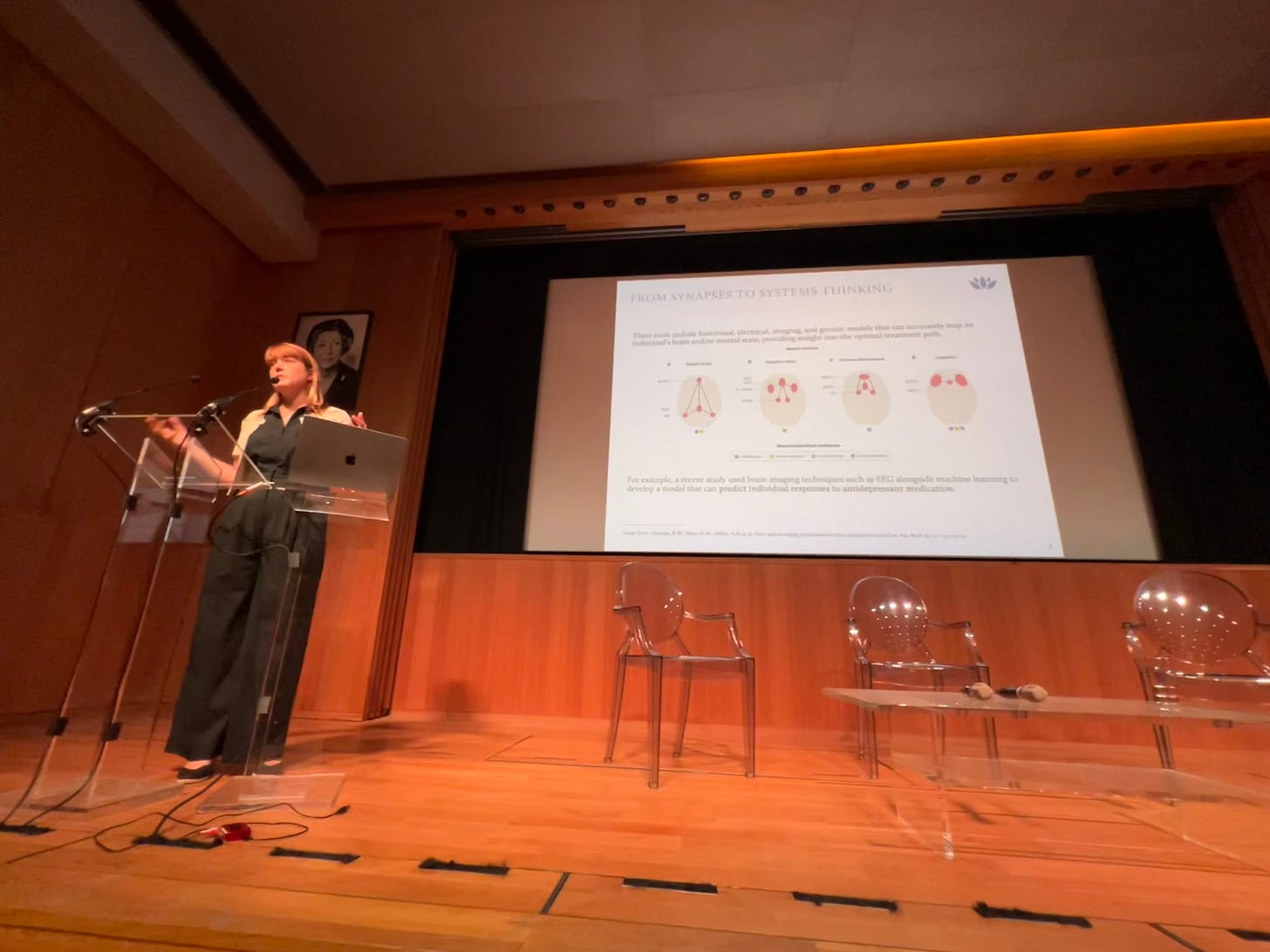
Where to Find Amy
September 18 in Silver Spring, MD — iBCI Collaborative Community Inaugural Annual Meeting, where Amy serves on the User Priorities/Preference and iBCI Use Cases Workgroup
September 19-20 at the UN General Assembly in New York City — Neuroscience and Society: A Life Course Approach to Brain Health
October 3-4 at University of Illinois, Chicago — IEEE Brain Discovery and Neurotechnology Workshop (speaking)
October 9-11 in Geneva, Switzerland — GESDA (Geneva Science and Diplomacy Anticipation) Summit (speaking)
October 24-26 in Napa Valley, California — DOC 2024: Truth in Medicine
December 10-13 in San Diego, California — NextMed Health 2024
Portfolio Companies in the News & Other Developments
C2N Diagnostics uses mass spectrometry on its PrecivityAD2 blood test to tell patients with almost 90% certainty whether there are amyloid plaques in the brain, according to a clinical study published in JAMA. Whereas brain scans like MRI have been the most effective measures of neurodegeneration, reliable blood tests for Alzheimer’s Disease could obviate the need for them in many cases. The hope is that one day, we could identify pathology before symptoms emerge and offer preventative treatment and lifestyle changes.
TARA Mind* was selected as a winner of the Employer Health Innovation Roundtable pitch competition and went on to present at their Academy Showcase. Co-Founder Marcus Capone shared his life-changing experience of receiving ketamine-assisted therapy after a career as a Navy SEAL and how he is driven to help employers provide access to mental health treatments for their employees.
In August, the FDA declined to approve Lykos Therapeutics*’ combination MDMA and therapy treatment for post-traumatic stress disorder until further data is produced via another Phase 3 clinical trial. In response, the company has initiated a restructuring that will see the arrival of David Hough as Chief Medical Officer. Hough led J&J’s nasal spray Spravato through FDA approval.
Researchers at UCSF have developed a form of deep brain stimulation for Parkinson’s patients that is being compared with a pacemaker. Rather than administering constant stimulation, their pilot trial monitored brain activity to detect movement states and adjusted stimulation to the participant’s needs. We believe many treatments are headed toward this sort of closed-loop approach.
Naveen Rao of Neurotech Futures has distilled Lex Fridman’s epic Neuralink podcast episode so we don’t have to listen to the full eight (!) hours. Includes perspectives from Neuralink’s COO, its head neurosurgeon, its first user, and its brain interface software lead, as well as from Elon Musk.
*Companies marked with an asterisk are part of the Satori Neuro portfolio.
We would love to hear from you! Reach out to us at neuro@satoricapital.com, and feel free to share this newsletter with anyone you think might be interested.
Satori Neuro is a fund focusing on mental health, brain health and wellness, the application of neuroscience technologies, and human flourishing.





